Embarking on the journey of getting a tattoo is an exciting prospect, often filled with anticipation for the final artwork and the personal meaning it will hold. However, for many, a significant consideration leading up to this artistic endeavor is the question of pain. Understanding how different areas of the body react to the tattoo needle is crucial for managing expectations and preparing yourself for the experience. Tattoo artists consistently note that while pain is subjective, certain anatomical locations are undeniably more sensitive than others due to the density of nerve endings, proximity to bone, and the thickness of the skin. This article aims to demystify the tattooing process by exploring a comprehensive tattoo pain chart, helping you navigate where the sting might be more pronounced and where you can anticipate a milder sensation. We’ll delve into the science behind body sensitivity, explore the factors that can amplify or diminish discomfort, and offer practical advice on how to prepare for your session to ensure the smoothest experience possible. Prepare to discover the landscape of tattoo pain, arming you with the knowledge to make informed decisions about your next piece of body art.
Understanding tattoo pain thresholds
The perception of pain is a deeply personal and complex experience, influenced by a myriad of physiological and psychological factors. When it comes to tattooing, this subjectivity means that one person’s intense discomfort might be another’s manageable ache. However, tattoo artists and clients alike can generally agree on certain anatomical regions that tend to be more sensitive. These differences in pain perception are largely rooted in our biology. The skin itself varies in thickness across the body, and the density of nerve endings – the receptors that send pain signals to the brain – plays a significant role. Areas with thinner skin, more superficial nerves, or those closer to bone tend to register higher levels of discomfort. Furthermore, the presence of fewer muscle masses or fatty tissues in these areas means there’s less padding to absorb the vibrations and impact of the tattoo needle. Psychological factors also contribute significantly; your mental state, your preparation, and even your understanding of the process can influence how you experience pain. Being anxious or fearful can heighten pain perception, while a calm, informed mindset can help you tolerate it better. Tattoo artists often act as guides, offering reassurance and employing techniques to make the process as comfortable as possible. They understand that managing client comfort is as vital as executing the art itself. By understanding these foundational elements of pain perception, you can begin to appreciate why certain parts of the body are universally acknowledged as more tender territory for tattoo enthusiasts.
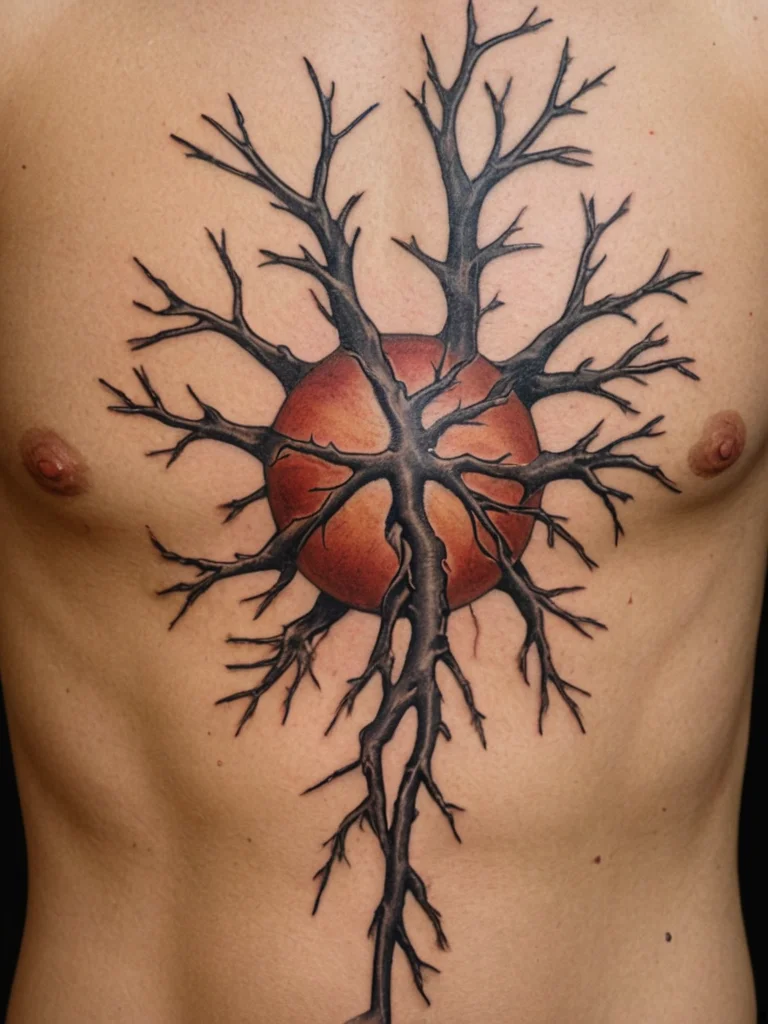
The body’s pain map: ranking tattoo locations from least to most painful
Navigating the body for optimal tattoo placement often involves a trade-off between aesthetic goals and comfort levels. Tattoo artists frequently reference a general pain map, illustrating which areas are typically more forgiving and which demand a higher pain tolerance. This map isn’t absolute, but it serves as an excellent guide for those planning their ink. At the lower end of the pain spectrum, areas with thicker skin, more fatty tissue, and fewer nerve endings are generally considered less sensitive. These often include the outer thigh, the forearm, and the outer aspects of the upper arm (biceps and deltoids). The skin here is less taut, and there’s more subcutaneous fat and muscle to act as a buffer against the needle’s impact. For instance, the outer thigh, away from the bone, offers a relatively fleshy canvas where the sensation is often described as a dull vibration or a persistent scratching. Similarly, the forearm, especially the fleshy part between the wrist and elbow, is popular for first-time tattoos due to its comparatively manageable pain levels. Moving up the scale, areas with a higher concentration of nerve endings or thinner skin begin to present more challenges. The inner thigh, the inner arm, and the chest can be more sensitive. The inner thigh, in particular, has delicate skin and is close to major nerve pathways. As we approach the higher echelons of the pain chart, locations become significantly more intense. The rib cage stands out as a notoriously painful area. The skin here is very thin, stretched taut over the ribs, and there’s minimal flesh or fat to cushion the impact. The constant vibration against the bone can amplify the sensation. Similarly, the feet and ankles, hands and fingers, and the head (scalp, face, ears) are highly sensitive. The feet and ankles have very little padding, with skin stretched directly over bone and a high density of nerve endings. The hands and fingers are also packed with nerves and have thin skin. The spine, sternum, and knees are also consistently ranked among the most painful areas. The sternum, being the breastbone, offers no buffer, and the sensation is often described as sharp and intense. The spine, with its direct proximity to nerves and bone, is another area where pain is commonly reported as severe. Ultimately, understanding this general hierarchy can empower you to choose placements that align with your comfort level, especially if you’re new to tattooing.
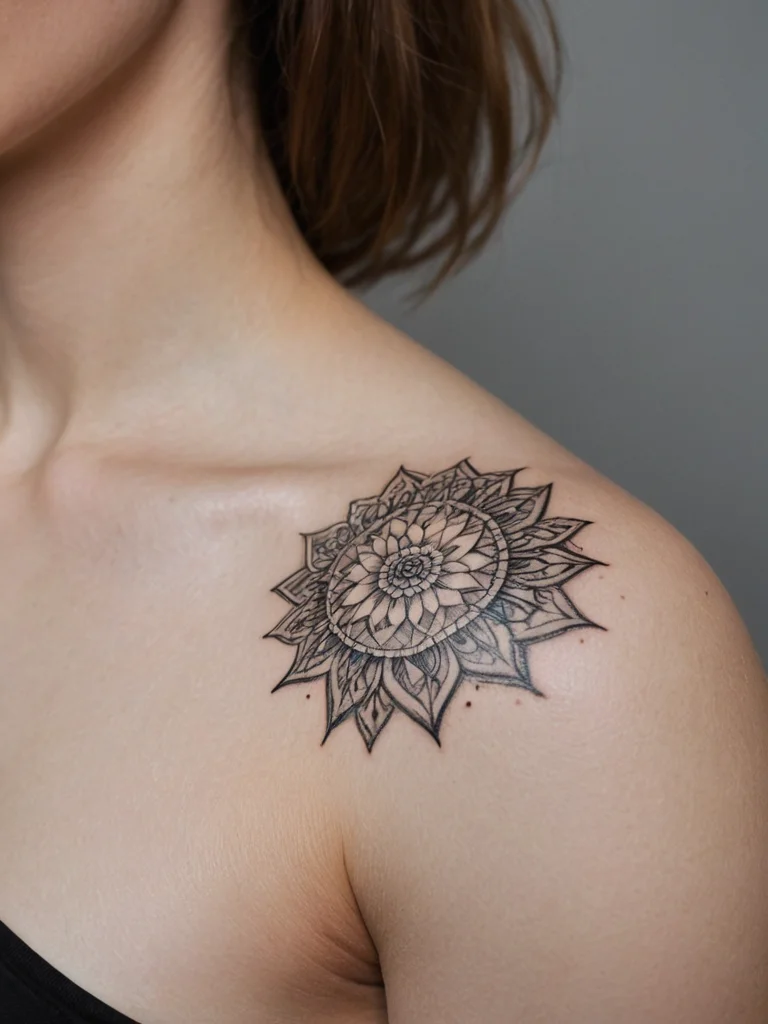
Least Painful Areas:
- Outer Thigh: Offers ample flesh and is relatively far from major nerve clusters.
- Forearm: Generally has less dense nerve endings and thicker skin compared to inner areas.
- Outer Upper Arm (Biceps/Deltoids): Similar to the thigh, it has a good amount of muscle and fat cushioning.
- Calf: The fleshy part of the calf provides a relatively comfortable experience.
- Shoulder Caps: The fleshy part of the deltoid muscle is usually manageable.
Moderately Painful Areas:
- Inner Arm: Thinner skin and more superficial nerves.
- Inner Thigh: Delicate skin and proximity to nerve pathways.
- Chest: Skin can be tighter, especially closer to the sternum.
- Stomach: Especially the upper abdomen, can be sensitive due to nerve density and movement.
- Back of the Knee: A sensitive area with thinner skin.
Most Painful Areas:
- Rib Cage: Thin skin stretched over bone, minimal padding.
- Sternum/Collarbone: Direct contact with bone and major nerve proximity.
- Feet/Ankles: Very little flesh, skin directly on bone, high nerve density.
- Hands/Fingers: Packed with nerve endings, thin skin.
- Head (Scalp, Face, Ears): Extremely high nerve density and thin skin.
- Spine: Close proximity to the spinal cord and nerves.
- Elbows/Knees (Bony Prominences): Direct impact on bone.
- Armpits: High concentration of nerve endings and sensitive skin.
Factors influencing tattoo pain: beyond location
While the anatomical placement of a tattoo is a primary determinant of pain, several other crucial factors can significantly influence your experience. Tattoo artists consistently emphasize that the skill and technique of the artist play a vital role. An experienced artist with a steady hand and a good understanding of skin penetration can often make the process smoother and less painful than a novice. Their ability to work efficiently, apply consistent pressure, and avoid overworking the skin can make a noticeable difference. The type of tattoo needle and the ink being used can also play a part, though this is often more subtle. Larger needles or certain shading techniques might cause a different sensation than fine-line work. Furthermore, the duration of the tattoo session is a key factor. As a session progresses, your body can become fatigued, and your skin’s sensitivity might increase. This is why longer, more intricate pieces are often broken down into multiple sessions. Your individual pain threshold, as mentioned earlier, is paramount. Factors like genetics, your current health, and even hormonal fluctuations can affect how you perceive pain. For example, some individuals report increased sensitivity during certain times of their menstrual cycle. Your overall health and well-being leading up to the appointment are also important. Being well-rested, hydrated, and having eaten a good meal beforehand can positively impact your body’s ability to handle the stress of tattooing. Conversely, being tired, dehydrated, or having consumed alcohol (which thins the blood) can exacerbate pain and increase bleeding. Even the temperature of the room or the environment in which you’re being tattooed can subtly influence your comfort. A calm, professional studio environment, with artists who are attentive to your needs, can help manage anxiety and, by extension, pain. Understanding these multifaceted influences allows for a more comprehensive approach to managing tattoo pain, moving beyond just choosing a ‘less painful’ spot.
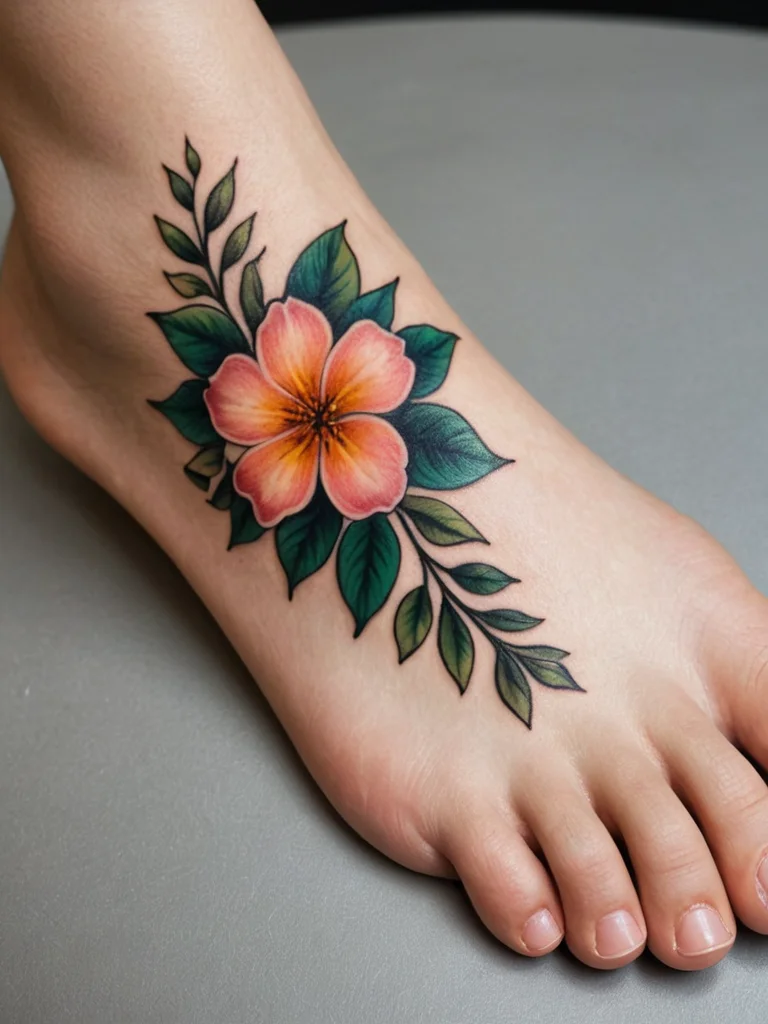
Preparing for your tattoo session: minimizing discomfort
Successfully navigating the tattoo process, especially concerning pain, largely depends on your preparation in the days and hours leading up to your appointment. Tattoo artists universally recommend a few key strategies to help minimize discomfort and ensure a smooth session. Firstly, proper hydration is essential. Drinking plenty of water in the days before your tattoo helps keep your skin supple and healthy, which can make the tattooing process feel less abrasive. Dehydration can make your skin tighter and more sensitive. Secondly, ensure you get adequate rest. Being well-slept on the night before your appointment will help your body cope better with the stress and any discomfort associated with the tattooing process. Arrive at your appointment feeling refreshed and ready. Thirdly, eating a substantial and balanced meal a few hours before your session is crucial. This helps maintain your blood sugar levels, preventing lightheadedness or dizziness that can occur during longer sessions. Low blood sugar can significantly lower your pain tolerance. It’s also advisable to avoid alcohol and excessive caffeine in the 24 hours prior to your appointment. Alcohol can thin your blood, leading to increased bleeding and potentially making the tattooing process more difficult for the artist. Caffeine can increase nervousness and anxiety, potentially heightening pain perception. On the day of your tattoo, wear comfortable, loose-fitting clothing that allows easy access to the area being tattooed and won’t rub against the fresh ink afterward. Consider bringing a snack or a sugary drink to maintain your energy levels, especially for longer sessions. Most importantly, maintaining a calm and positive mindset is key. Deep breathing exercises, listening to music or a podcast, and engaging in light conversation with your artist can help distract you from the sensation. Trusting your artist and understanding that they are skilled professionals focused on your comfort can alleviate a significant portion of anxiety. By taking these proactive steps, you can significantly enhance your tattoo experience and make the journey from blank skin to beautiful artwork as comfortable as possible.
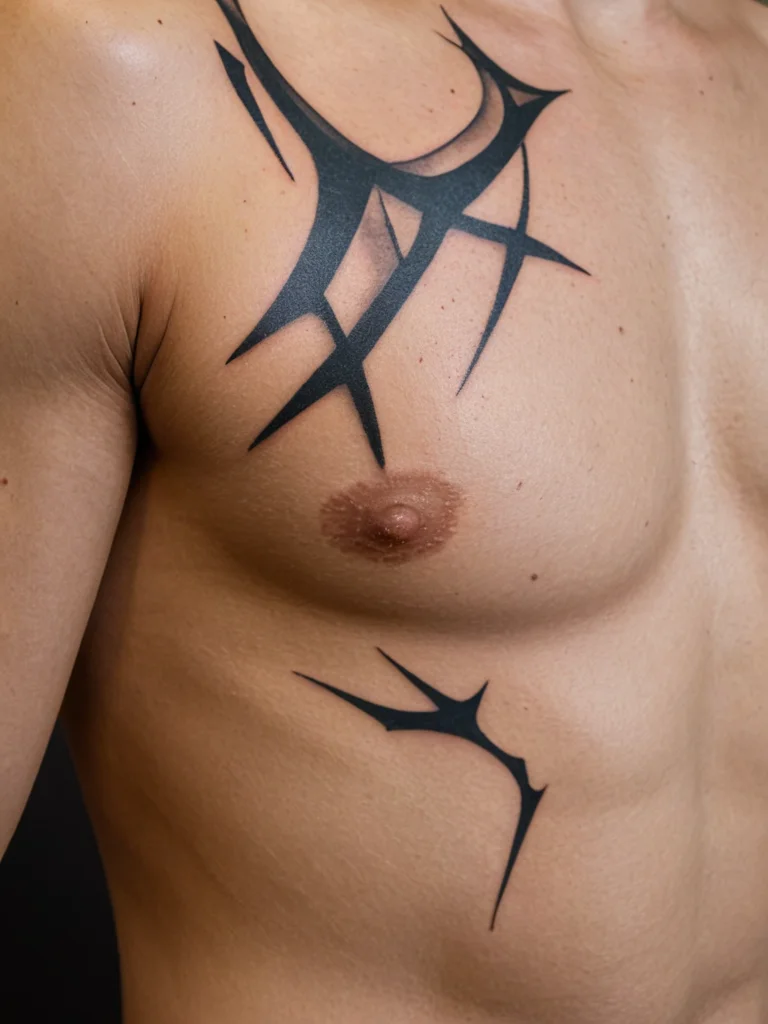
Tattoo pain vs. personal experience: what to expect
It’s one thing to read about tattoo pain charts and understand the biological reasons behind it, but experiencing it firsthand is a different matter entirely. Tattoo artists often share that while they can guide clients and offer advice, the actual sensation is something each individual must process. The ‘pain’ of a tattoo is often described as a range of sensations, from a persistent scratching or stinging to a more intense burning or vibrating feeling, especially in more sensitive areas. Many people find that the initial few minutes are the most intense as the skin registers the new sensation. As the session progresses, some people adapt, and their body releases endorphins, natural pain relievers, which can help manage the discomfort. Others might find the endurance challenge grows. The ‘expectation versus reality’ aspect of tattoo pain is significant. Someone who anticipates extreme agony might find it more manageable, while someone who expects it to be painless might be surprised by the intensity. The dynamic nature of pain during a session is also noteworthy; the sensation can fluctuate depending on the artist’s technique, the area being worked on, and even your own mental state at that moment. For example, when an artist is doing detailed linework, the sensation might feel sharp and precise. When they move to shading, it might feel like a more diffused, burning ache. Areas directly over bone, like the ribs or sternum, often feel like a sharp, vibrating sting that resonates through the body. Conversely, fleshy areas might feel more like a deep, consistent sting or scratch. It’s important to remember that while many find it uncomfortable, very few people find the pain unbearable to the point of stopping. Tattoo artists are skilled at working with clients, taking breaks when needed, and offering reassurance. The shared experience between artist and client during a tattoo session often fosters a unique bond, built on trust and the mutual goal of creating art. Ultimately, your personal experience with tattoo pain will be a unique blend of biological response, psychological framing, and the specific circumstances of your session. Coming prepared, staying hydrated, and maintaining a positive attitude will greatly contribute to a more pleasant and memorable experience, transforming the anticipation of pain into the satisfaction of enduring art.
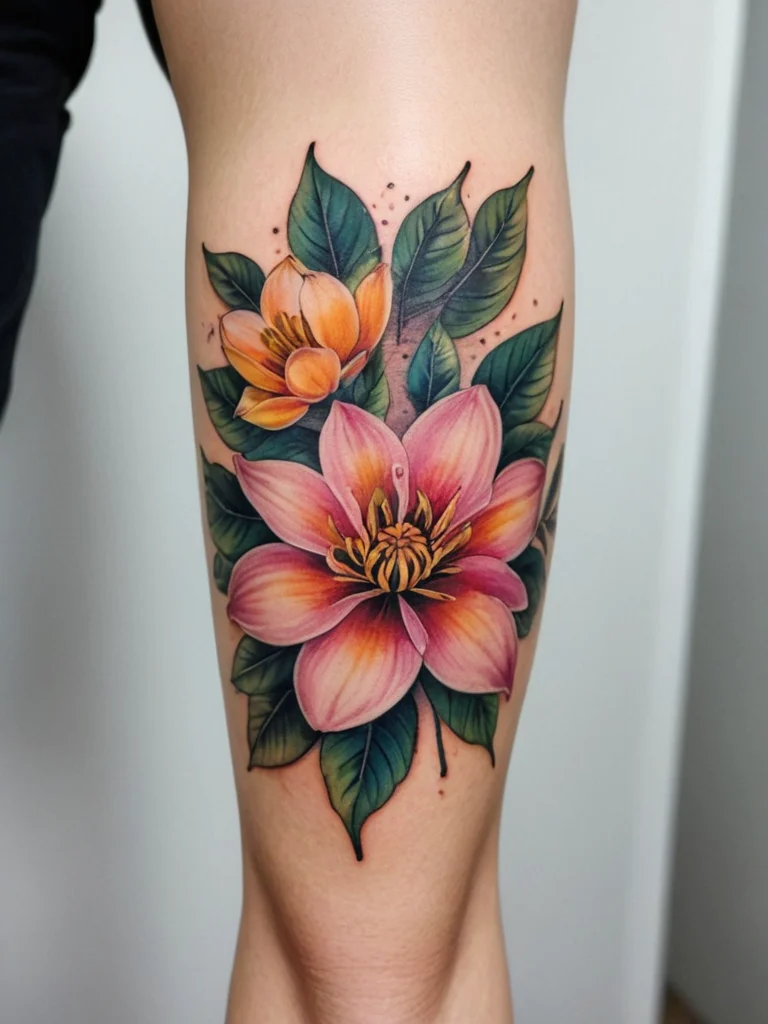
The journey of getting a tattoo is as much about the art as it is about the experience itself. Understanding the nuances of tattoo pain, from the biological factors that make certain areas more sensitive to the personal preparations that can ease discomfort, empowers you to approach your next piece with confidence. Remember that every body is different, and your personal experience will be unique. Trust your chosen artist, communicate your concerns, and embrace the process. The temporary discomfort is a small price to pay for a lifetime of beautiful, meaningful art etched onto your skin.